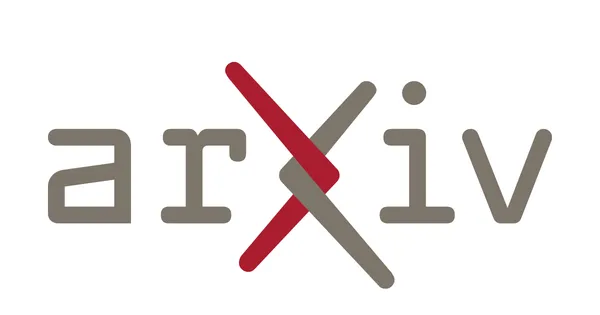New solution to the list labeling problem
 https://arxiv.org/abs/2405.00807 Nearly Optimal List Labeling The list-labeling problem captures the basic task of storing a dynamically changing set of up to $n$ elements in sorted order in an array of size $m = (1 + Θ(1))n$. The goal is to support insertions and deletions while moving around elements within the array as little as possible. Until recently, the best known upper bound stood at $O(\log^2 n)$ amortized cost. This bound, which was first established in 1981, was finally improved two years ago, when a randomized $O(\log^{3/2} n)$ expected-cost algorithm was discovered. The best randomized lower bound for this problem remains $Ω(\log n)$, and closing this gap is considered to be a major open problem in data structures. In this paper, we present the See-Saw Algorithm, a randomized list-labeling solution that achieves a nearly optimal bound of $O(\log n \operatorname{polyloglog} n)$ amortized expected cost. This bound is achieved despite at least three lower bounds showing that this type of result is impossible for large classes of solutions.
https://arxiv.org/abs/2405.00807 Nearly Optimal List Labeling The list-labeling problem captures the basic task of storing a dynamically changing set of up to $n$ elements in sorted order in an array of size $m = (1 + Θ(1))n$. The goal is to support insertions and deletions while moving around elements within the array as little as possible. Until recently, the best known upper bound stood at $O(\log^2 n)$ amortized cost. This bound, which was first established in 1981, was finally improved two years ago, when a randomized $O(\log^{3/2} n)$ expected-cost algorithm was discovered. The best randomized lower bound for this problem remains $Ω(\log n)$, and closing this gap is considered to be a major open problem in data structures. In this paper, we present the See-Saw Algorithm, a randomized list-labeling solution that achieves a nearly optimal bound of $O(\log n \operatorname{polyloglog} n)$ amortized expected cost. This bound is achieved despite at least three lower bounds showing that this type of result is impossible for large classes of solutions. Imagine, for example, that you keep your books clumped together, leaving empty space on the far right of the shelf. Then, if you add a book by Isabel Allende to your collection, you might have to move every book on the shelf to make room for it. That would be a time-consuming operation. And if you then get a book by Douglas Adams, you’ll have to do it all over again. A better arrangement would leave unoccupied spaces distributed throughout the shelf — but how, exactly, should they be distributed?